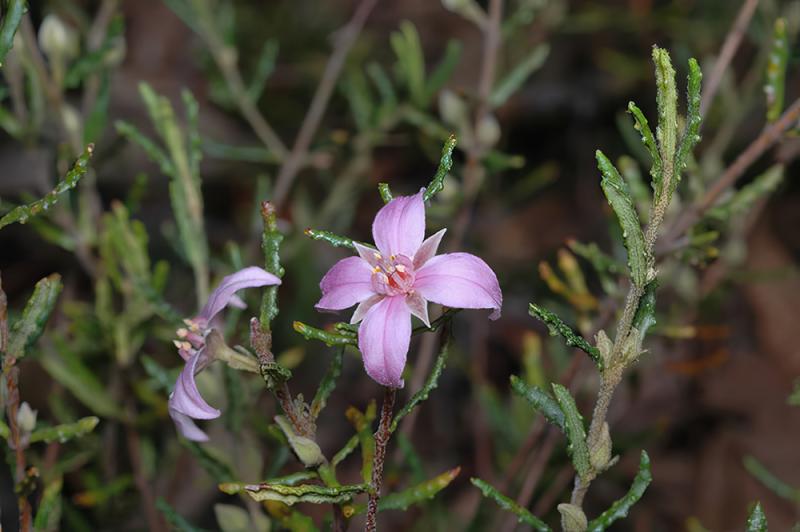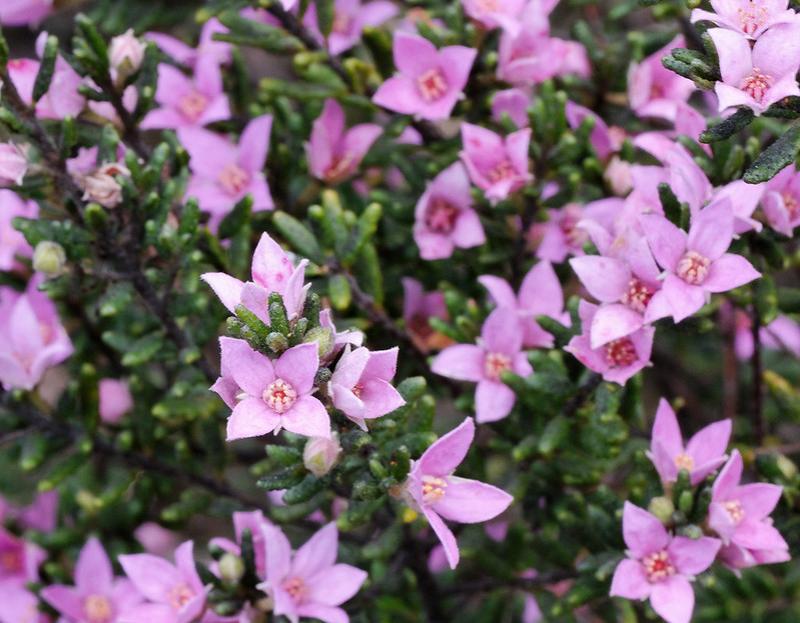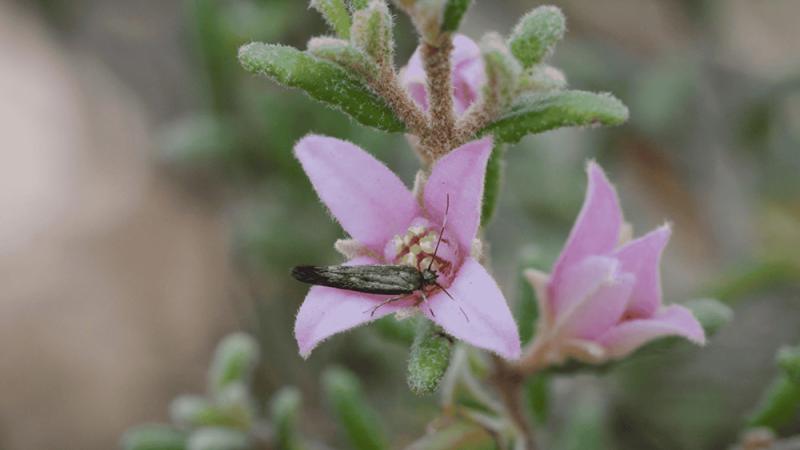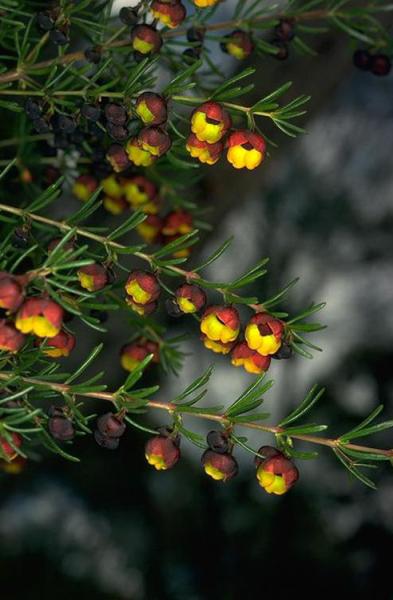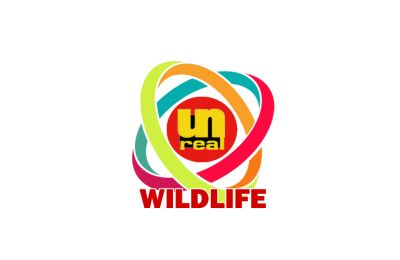
Border boronia – back from the brink − Wildlife Australia Guide
Gallery
URPoint Details
This report has been adapted from the Natura Pacifica team’s blog about ongoing work of individuals, and the Stanthorpe Rare Wildflower Consortium, to save the rare border boronia flower (Boronia repanda) in southern Queensland’s Granite Belt region. Why? Apart from its beauty and delightful scent, the border boronia may also help farmers to naturally eradicate certain pests, cutting the use of chemical pesticides.
HIGH on a north-facing ridge, tucked between Stanthorpe and the Broadwater State Forest in southern Queensland, a small group of remarkable people are pouring over a tiny pink flower. The flower is Boronia repanda, otherwise known as the border boronia, or even more amiably, the granite rose.
The people are Liz Bourne, Peter Pemberton and Associate Professor Don Sands. The team is working on some of Queensland’s rarest plants, including many species of boronias, and their passion has led to some remarkable discoveries, here in Queensland’s stunning Granite Belt.
Characteristics of Boronia repanda
Boronia repanda is a small plant, reaching a maximum height of 1.5m, but usually much less. It has opposite pairs of leaves, which are small and rectangular with wavy margins and a warty surface.
When lightly pressed between a thumb and forefinger, a lovely pine-citrus scent emerges from numerous oil glands. The plant puts forward sprays of pale pink, four-petalled flowers between September and October, resembling tiny stars.
The plant is listed as an endangered species by both the Queensland Government and the Australian Government, as well as across the border in NSW. Indeed, the name border boronia comes from the very fact that the entire population seems to be centred on the political line on the map that we humans call our state boundary with NSW… but of course, the plants don’t care!
Plight of the border boronia
Sadly, it’s estimated there are less than 13,000 border Boronia plants remaining in the wild, and all of them in this tiny area of southern Queensland and northern NSW. With such a small pool of individuals, they are incredibly vulnerable to threats, including fire, grazing, land-clearing, and disease.
To date, some of the plants have been struck down by intense bushfires – hotter than the natural average, like the 2019-2020 blaze – that kill off the underground rhizomes that allow the plants to recover. Future threats also include land-clearing by mine prospectors in the region who believe deposits of tin are to be dug up, much of which sits below the last robust populations.
Why we care about this little plant
So why do we care so much about this little plant? Well, first, because we are the only species on earth with the consciousness and capability to conserve, and surely all native species deserve our help?
Second, because boronias are incredibly, captivatingly beautiful. In Western Australia, the family of plants has earned a special place in the hearts of Australians, as the brown boronia (Boronia megastigma) is a versatile cut flower. Its oils contain aromatic compounds such as β-ionone and dodecyl acetate, which sound complex, but are just actually gorgeous scents, used as perfumes, food additives and natural flavour enhancers.
Third, these boronias are teaching us an incredible amount about reciprocal ecology – the study of how species mutually benefit one another in natural systems. For example, the border boronia is being studied by our friends Don, Peter, and Liz, for its incredible relationship with teeny-tiny moth pollinators – moths that don’t even have scientific names yet, for the most part.
In partnership with CSIRO, Don is collecting these small moths from the Heliozelidae family, from across southern Queensland to document which species seem to visit which flowers and to work out the pollination syndromes (the ways in which they spread their pollen from plant to plant).
In many cases, these moths have incredibly complex ways of carrying out pollination including laying their eggs into the reproductive parts of the flowers (ouch!). It is important to know because this tightly coupled relationship could be the very reason some boronias are so incredibly rare – if the pollinator dies out, so does the plant.
This study has led to the coining of the phrase ‘reciprocal conservation significance’ – or the safeguarding of all species in an area based on their mutual and competitive relationships with one another. We have a lot to learn from boronias in the way we protect our lands.
Supporting the border boronia
So, what can we do to support the continuation of such a beautiful, useful, and ecologically important group of plants? Well, in an outstandingly diverse area like the Granite Belt, one of the main ways is to preserve as many blocks of native ecosystems as possible.
This does not just mean locking up areas as national parks but could be as simple as farmers looking after strips or patches of connected natural vegetation within and around their landholdings. Aside from providing pathways for rare plants to pollinate with each other, and allowing for increasing biodiversity, many of the accompanying species that you will attract by setting aside land for nature, can help balance the productivity of farms too.
Natural pests such as thrips, aphids, mealybugs, and caterpillars are preyed upon by native wasps, flies, bugs, and arachnids, many of which need areas of ‘set aside’ to survive. By keeping ‘set aside’ on a farm, essentially creates a biobank of these natural predators, ready and waiting in the wings to jump in and chow down on some pests.
This helps reduce the use of pesticides, therefore reducing costs, pollution and contamination of crop products which can affect human health. It really is a win-win!
Collaboration and conservation efforts
Natura Pacific is continuing to work with Don, Peter, and Liz, to help showcase their groups and the work they do, and to encourage more landholders in the Granite Belt to set aside, or even better, regenerate native vegetation for the benefit of rare wildflowers, and their own farms. It is so important in the coming decades, that we improve the way we produce our food, and what better reason than for gorgeous, flagship species like boronias, to give us the nudge to do it… oh and the thought of clean, green meat and veggies, ain’t half bad either!
FURTHER INFORMATION
Natura Pacific is a social enterprise. Profits from Natura Pacific’s environmental consultancy services are reinvested into the development and delivery of environmental education programs and resources for schools, special interest groups and community. The Natura Pacific organisation is based on Queensland’s Gold Coast. www.natura-pacific.com
Stanthorpe Rare Wildflower Consortium is a group of wildflower enthusiasts who share a common aim to undertake projects that assist in managing the habitats supporting many of the wildflower species unique to the Granite Belt. www.granitebeltwildflowers.com
www.granitebeltwildflowers.com/boronia-surveys
www.facebook.com/StanthorpeRareWildflowerConsortium
Natura Pacific Action Hub: www.natura-pacific.com/actionhub/
Border Boronia - Back from the Brink - Natura Pacific % (natura-pacific.com)
Natura Pacific Back from the Brink Film on YouTube:
www.youtube.com/watch?v=OR0FkYAj-2Y&list=PL75r0PfsLhxcw0mho6TntLrq1WYPQUbYl&index=31
#ends
















